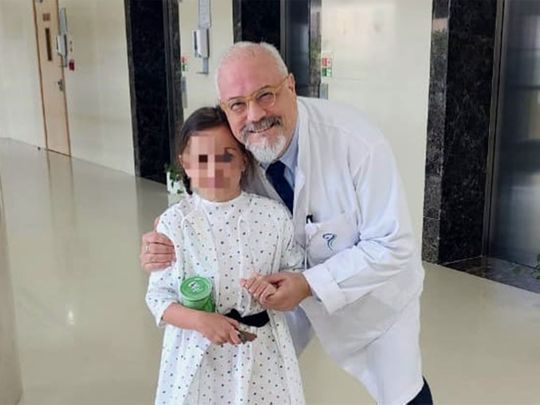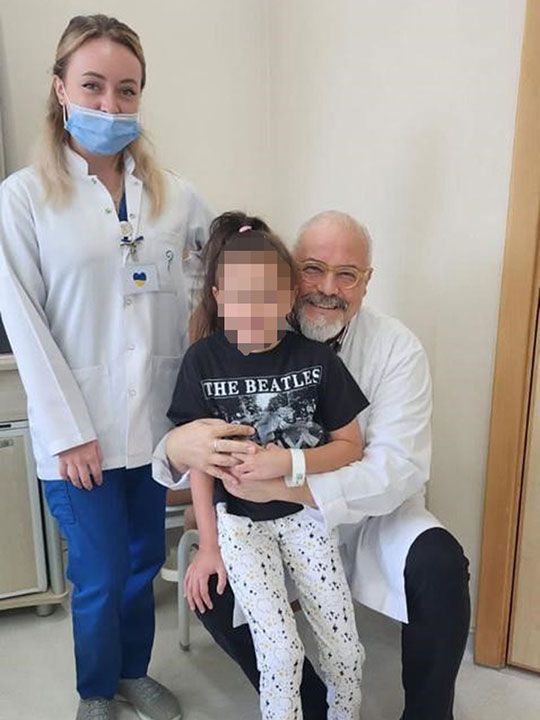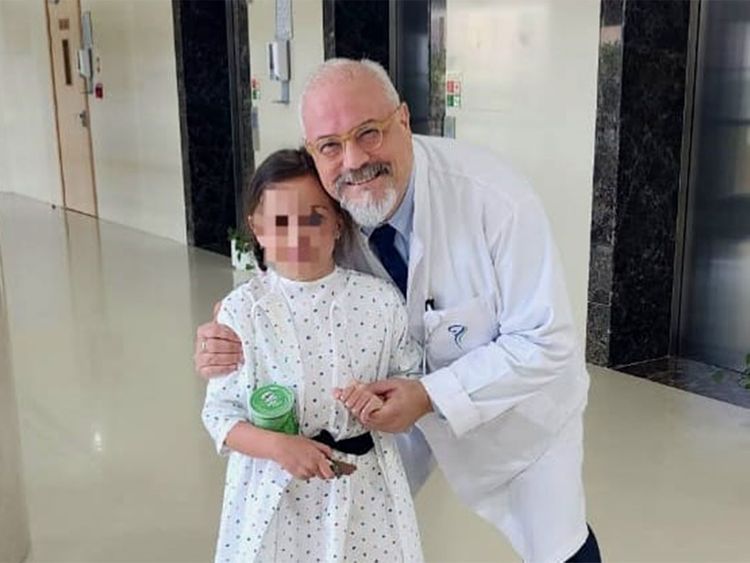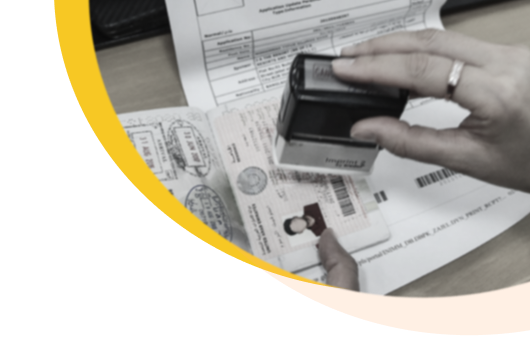
Dubai: Ceban is an eight-year-old from Moldova in Eastern Europe. The Dubai-based girl was born with a spinal defect and underwent a surgery as a newborn. She also had associated bladder and bowel problems. Doctors in Italy told her parents she would have to live with a catheter all her life. They even made a provision for her bladder to be catheterised from her belly.
The little girl, who grappled with the physiological and psychological effects of her condition, could not lead a normal life. She came down with frequent urinary tract infections and was put on antibiotics regularly.
Life was extremely difficult for Ceban until her parents brought her to Prof. Dr. Haluk Kulaksizoglu, a leading expert in neuro-urology at Neurospinal Hospital Dubai. The eight-year-old was diagnosed with Spina Bifida, a congenital condition affecting the spinal cord.
Thankfully, Dr Kulaksizoglu was adequately qualified and equipped to treat her with a breakthrough approach. The innovative treatment, which utilised sacral nerve stimulation, was being applied for the first time on an eight-year-old patient in the UAE. But he was confident it would make a difference .
Sacral nerve stimulation is a procedure that involves implanting a small device near the sacral nerves, which are responsible for controlling bladder and bowel function. The device delivers mild electrical impulses to these nerves, stimulating them and thereby restoring more normal function. By modulating the signals sent to the bladder and bowel, sacral nerve stimulation can help regulate voiding and relieve associated complications such as urinary incontinence or retention.
“The procedure had immediate results, enabling the patient to empty the bladder by herself without the need of a catheter for the first time in her life. Sacral nerve stimulation represents a groundbreaking approach to managing Spina Bifida. By targeting the neural pathways responsible for bladder and bowel control, we can restore functionality and improve the lives of patients who have long struggled with these challenges,” said the doctor.
He still recalls the first time Ceban entered the consultation room with her mother. She was scared and did not know what to expect. She understood English and wanted to get rid of the tube and the foul smell associated with it. After thorough investigations, she was told that the suprapubic tube could be first removed after which her bladder would be closed.

“Once the initial procedure was done, we had to wait for the bladder to heal and for the already resistant bacteria to be eradicated. Everything that would follow the first procedure was explained and all she wanted to know was if she could swim when the tube was closed. There was a longing in her eyes to lead a normal life,” said the doctor.
Her recovery over the next month took longer than usual due to pre-existing infections but she eventually came through. As the youngest patient to receive an ‘Interstim II sacral nerve stimulator’, she had to undergo a trial first.
Read more
- Indian expat in UAE beats rare bacterial disease after 54-day ordeal in hospital
- Two-year-old beats rare genetic disease after receiving bone marrow from her brother in Abu Dhabi
- Newborn with rare disease successfully treated in Abu Dhabi
- Untold trauma of losing a baby: No parent need walk through grief alone
- World Rare Disease Day 2022 marked at Expo 2020 Dubai
An electric conduction study of the nerves, called EMG, showed promising data and she was scheduled for the second stage where a test stimulator would be placed and results evaluated for a permanent stimulator placement. For the family, it was like battling with the unknown and the little girl was ready to go through anything the doctors decided for her if she could just swim, do gymnastics and lead a normal life.
When Dr. Kulaksizoglu went to her room on the day of the surgery, Ceban hugged him with a bright smile. The surgery went off smoothly and despite some of the challenges she faced, she could do without the use of a catheter in due course.
Her mother was overwhelmed and in tears as she did not expect such quick results. Her daughter was discharged with the external testing device.
Five days later, she came running to Dr. Kulaksizoglu and gave him another big hug. She was ready for the second procedure which also went off well. Ceban had just received a second lease of life.
Significant challenges
Spina Bifida is a congenital condition affecting the spinal cord and poses significant challenges for patients and their families. It occurs when the spinal cord does not develop properly during foetal development. This condition can lead to various impairments, including difficulties with mobility, bowel and bladder dysfunction, and loss of sensation.
Historically, treatments have focused on managing symptoms and mitigating complications. However, the advent of sacral nerve stimulation represents a big leap forward in its management.
Sacral nerve stimulation is a procedure that involves implanting a small device near the sacral nerves, which are responsible for controlling bladder and bowel function. The device delivers mild electrical impulses to these nerves, stimulating them and thereby restoring more normal function. By modulating the signals sent to the bladder and bowel, sacral nerve stimulation can help regulate voiding and relieve associated complications such as urinary incontinence or retention.















